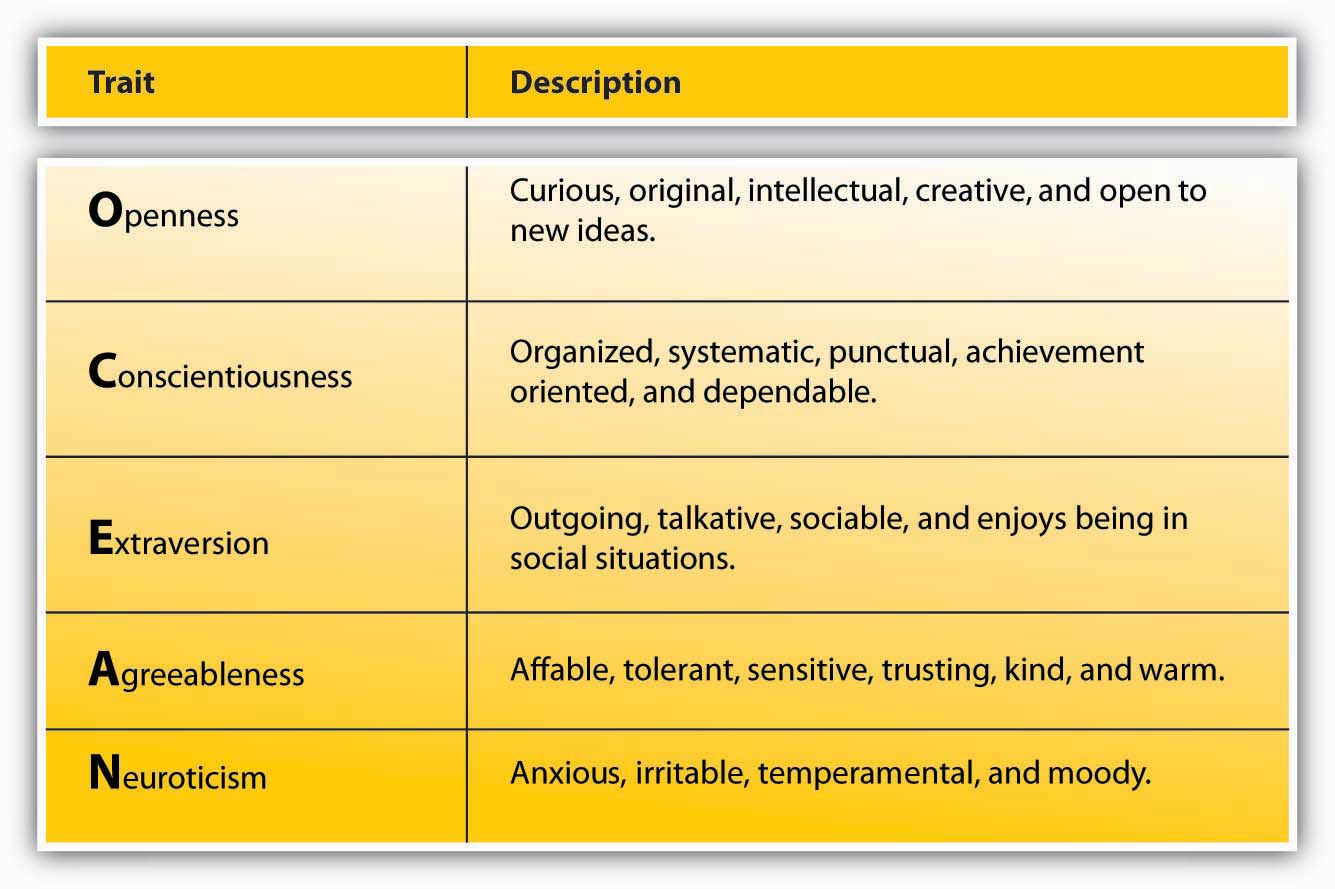Beware, people who tweet, your company can be using your recent tweets to decipher what kind of personality you have and it might determine whether you get the job or not! In the article, it is said that a people will be sorted into one of the Big Five personality traits and the words people use in their tweets will be used to determine the type of person they are.
For example, if someone uses the words “we”, “friends” and “family” frequently, then it is likely they are caring. <http://www.dailymail.co.uk/news/article-2508757/Employers-use-personality-profiling-technology-analyse-tweets.html> Using this technique to screen potential employees could be very beneficial to the Human Resources sector as it can save time from extra interviews and it will allow employers to potentially do a “personality check” to see if the person will fit into the company’s culture.
However, while this can benefit companies to hire better fitting employees, would opportunities be missed if a potential employee’s social media persona does not appear to match the company’s ideal employee persona? Granted nothing posted on social media is private, is it really ethical to sort through the employee’s private tweets? Utilizing this software can also help the company determine how to retain talents or appeal to potential employees; by understanding their personalities, the companies can ensure valency with their offered intrinsic and extrinsic rewards.
All in all, with the MIS and BTM sector becoming more prevalent in the business field, everyone should be careful about what they post on social media; anything we say or show “casually” on these sites might determine our future!











